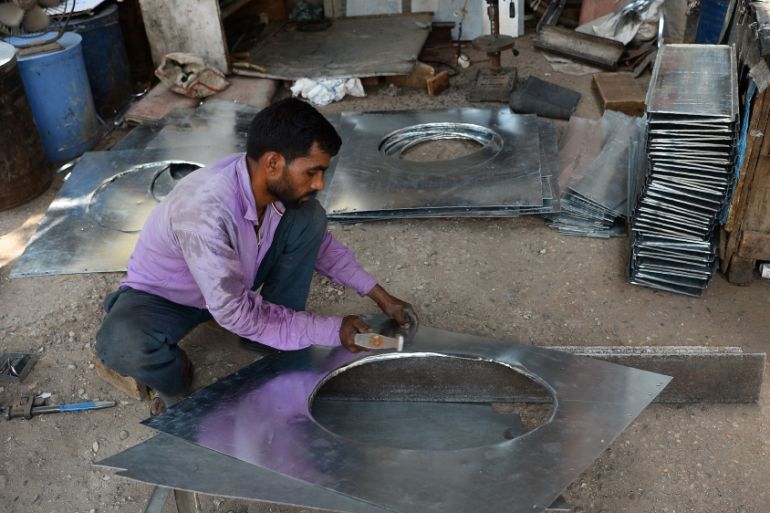South Asia’s summer monsoon starts early
The forecast is for an average rainy season but distribution of rain and intense thunderstorms will be uneven.

The Southwest Monsoon has burst in southern India at least four days ahead of schedule.
This is unlikely to be significant in the long run, but India is a largely agrarian society, and the crop-planting diary is based on these expectations.
Keep reading
list of 4 items‘Desperate’ rescues under way as Brazil floods kill 90, displace thousands
Brazil’s army is rescuing people stranded by deadly flooding
Photos: Death toll rises to 78 amid Brazilian storms and floods
This year’s monsoon rain forecast from the Indian Met Department, drawing in part on the influential factors of surface water temperatures in the Indian and Pacific oceans, shows a bias towards a “normal” monsoon.
The margin of error, plus or minus five percent, doesn’t allow much to be made of this information and nothing can be said about the rate of fall of monsoon rains.
A trend forecast, as the climate warms, shows the intensity of rainfall in thunderstorms should increase worldwide. Evidence so far has supported this with flash floods being a now-common staple of TV news.
The monsoon trough advances north through South Asia, arriving with a “burst” of intense, thundery rain. This initial downpour has also been intensifying.
Mangalore suffered 188mm of rain in six hours – and 310mm in 24 hours – on Tuesday as the monsoon trough crossed into Karnataka. This puts the monsoon rains a full six days ahead of the long-term average.
The northeastern arm of these seasonal rains is across the Bay of Bengal and Myanmar. In Rakhine, a coastal state of Myanmar bordering Bangladesh, the forecast rainfall over the next three days is 250mm. That is just a little less than the long-term average for the whole month of May.
Most of India’s Kerala can expect the same, but it’ll be another month before the heat eases further north. In this increasing pre-monsoon heat, Rajasthan, Maharashtra, and Madhya Pradesh have all seen high temperatures during the last month.
Chandrapur in Maharashtra has a hot and dry climate despite being built on a river confluence. Nevertheless, the temperature on Wednesday, at 47.8C was nearly five degrees above normal, and only a degree below the all-time record high temperature. During the monsoon rains, the temperature drops to the low 30s Celsius.